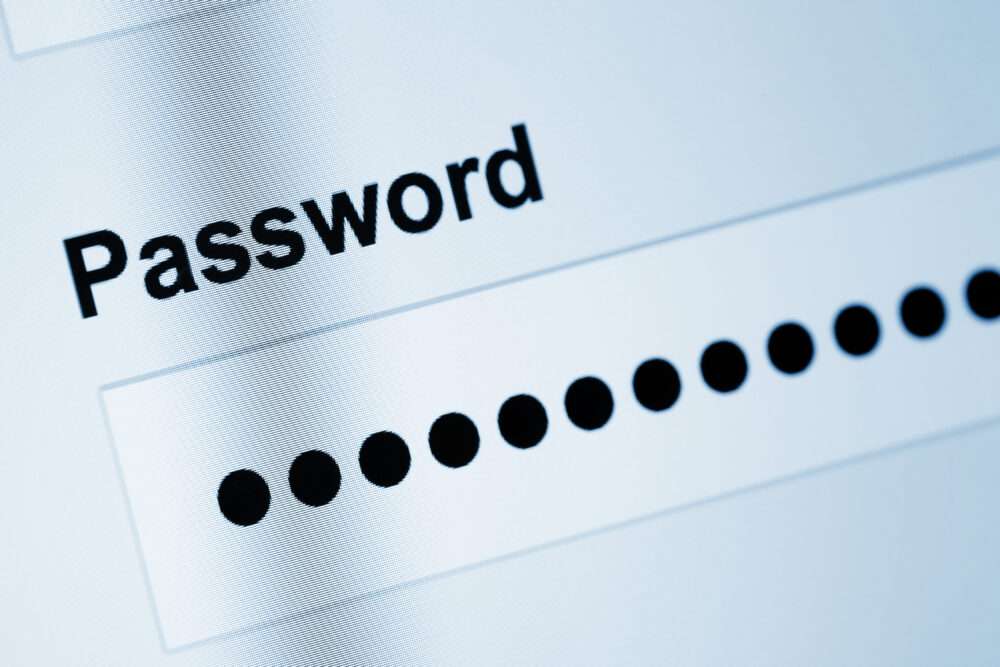Cyber threats have become a constant concern for businesses, with ransomware, phishing, and data breaches on the rise every year. In fact, the global cost of cybercrime is expected to reach over $10.5 trillion annually by 2025, highlighting the urgency for robust cybersecurity practices. One of the weakest links in any security chain is human error—whether it’s through the use of simple passwords or careless employee actions. This article explores these critical vulnerabilities and provides practical steps you can take to protect your organization from the most common threats.
The Dangers of Simple Passwords
Why Simple Passwords Are a Risk
Simple passwords are easy targets for cybercriminals. They can be quickly guessed or cracked using automated tools, providing unauthorized access to sensitive information. Common password mistakes include using personal information (like birthdays or names), employing common words or phrases, reusing passwords across multiple accounts, and using short passwords (less than 12 characters).
Creating Strong Passwords
Strong passwords are your first line of defense against unauthorized access. To create robust passwords, use a minimum of 12 characters, include a mix of uppercase and lowercase letters, numbers, and symbols. Avoid personal information or common words, and use a unique password for each account. Consider using a passphrase instead of a traditional password. For example, “ILovePizzaWith3xtraCheese!” is both long and memorable.
Implementing Password Managers
Password managers are tools that generate, store, and autofill complex passwords for you. They offer several benefits:
- Creating strong, unique passwords for each account
- Securely storing all your passwords in one place
- Automatically filling in login credentials
- Syncing across multiple devices
Popular password managers include , , and . Research and choose one that best fits your needs.
The Human Factor: How Employees Compromise Security
A study conducted by found that removing human error from the equation would prevent 95% of data breaches from occurring. This statistic underscores the critical importance of addressing the human element in cybersecurity strategies.
Common Employee Security Mistakes
Employees can inadvertently compromise security in several ways. They may fall for phishing scams by clicking on malicious links or downloading infected attachments. Poor password hygiene, such as using weak passwords or sharing them, is another common issue. Installing unauthorized software can introduce vulnerabilities into the system. Mishandling sensitive data, like leaving documents unattended or sending confidential information via unsecured channels, also poses risks. Lastly, neglecting software updates can leave systems vulnerable to known exploits.
Mitigating Employee-Related Security Risks
-
Implement Comprehensive Security Training
Regular training sessions help employees understand the importance of cybersecurity and their role in maintaining it. Key training topics should include recognizing phishing attempts, safe browsing habits, proper handling of sensitive information, password best practices, and social engineering awareness.
-
Establish Clear Security Policies
Create and enforce policies that outline expected behavior and consequences for non-compliance. These policies should cover acceptable use of company devices and networks, data classification and handling procedures, incident reporting protocols, remote work security guidelines, and third-party access management.
-
Use Technology to Enforce Security Measures
Implement technical controls to support and reinforce security policies. Recommended technologies include multi-factor authentication (MFA), email filtering and anti-phishing tools, mobile device management (MDM) solutions, data loss prevention (DLP) software, and network access control (NAC) systems.
-
Foster a Security-Conscious Culture
Encourage employees to take an active role in maintaining cybersecurity. Reward employees for reporting security incidents, share real-world examples of security breaches and their consequences, conduct regular security awareness campaigns, and appoint security champions within different departments.
Advanced Security Measures
Implementing Multi-Factor Authentication (MFA)
MFA adds an extra layer of security by requiring two or more forms of verification before granting access. To implement MFA, choose a solution that fits your organization’s needs, identify critical systems and accounts that require MFA, configure the system according to best practices, train employees on how to use MFA, and monitor and adjust the implementation as needed.
Conducting Regular Security Audits
Periodic assessments help identify vulnerabilities and ensure compliance with security policies. Key elements of a security audit include reviewing access controls and user privileges, assessing network security measures, evaluating data backup and recovery procedures, analyzing incident response plans, and verifying compliance with relevant regulations (e.g., GDPR, HIPAA).
Developing an Incident Response Plan
A well-defined plan helps organizations respond quickly and effectively to security incidents. An incident response plan should include procedures for incident identification and classification, containment strategies, eradication and recovery procedures, post-incident analysis and lessons learned, and communication protocols (both internal and external).
Conclusion
Weak passwords and human error remain key vulnerabilities in cybersecurity. By adopting strong password policies, ongoing employee training, and advanced measures like multi-factor authentication, businesses can significantly lower their risk. Stay ahead by continuously evolving your strategies to outsmart cyber threats before they strike.
